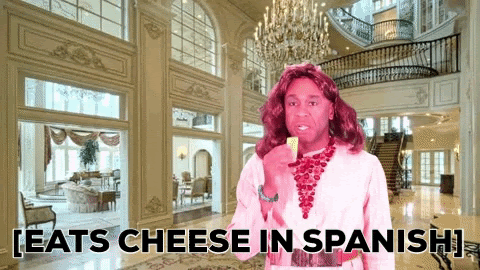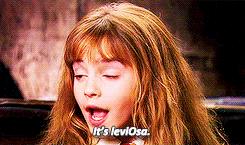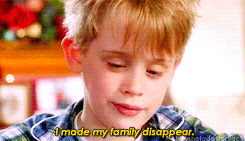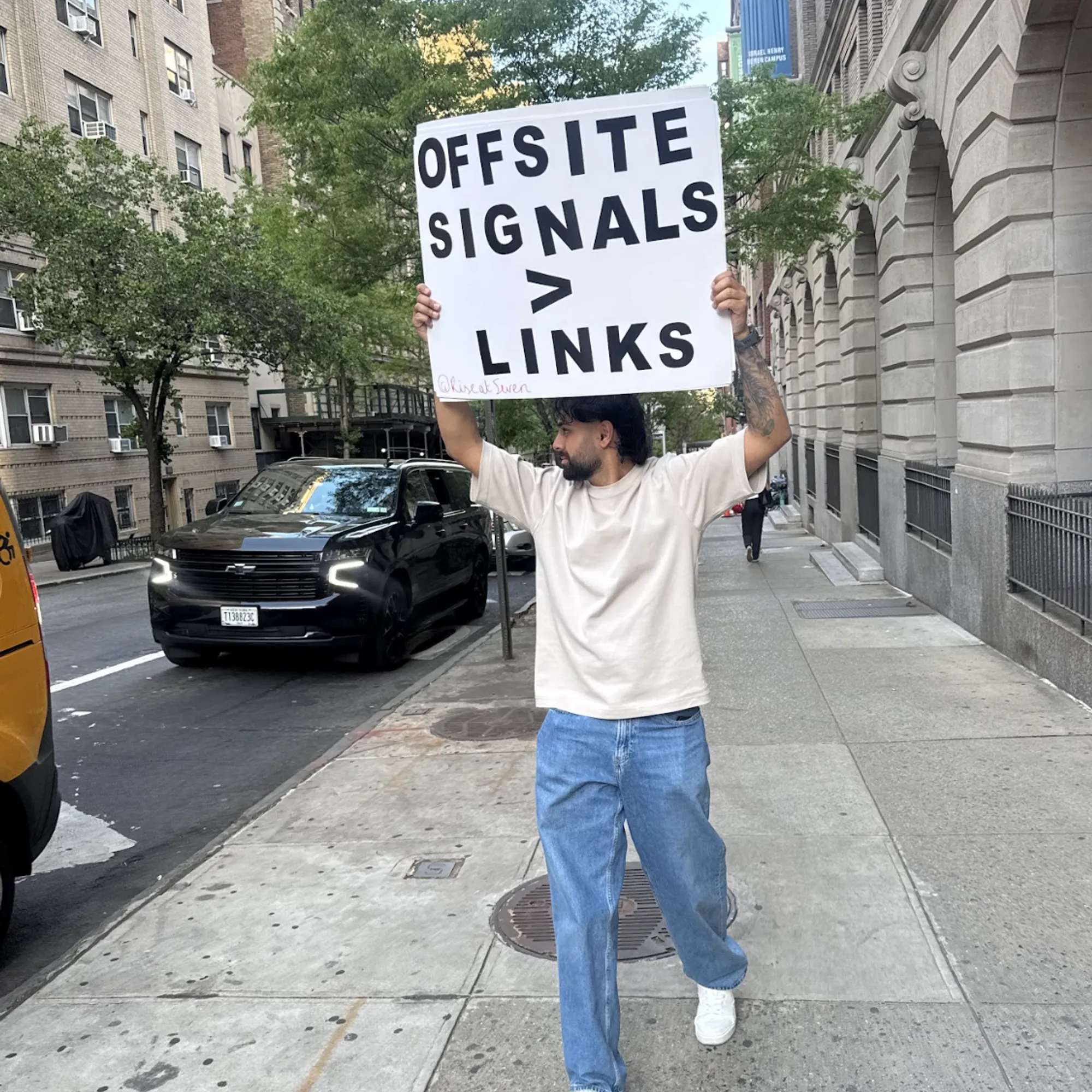
Taking brands global: translation vs transcreation


The potential of going global as a brand has never been as attractive as it is now.
However, a lot of well known, established brands have failed in their efforts of becoming global. And this is sometimes because translation is no longer enough to get international audiences to engage with your brand. The wrong words can make a brand fail in other markets, and this has happened more times than you think.
In 2009, a famous bank had to spend $10 million rebranding their campaign ‘Assume Nothing’ as it translated to ‘Do nothing’ in several countries.

They were forced to change their slogan as it proved to be more effective for their international efforts.
And that applies to more than just your copy. Even something as simple as the URL of your company can go horribly wrong! The perfect example of this is the Italian brand Powergen Italia. They decided to expand to English speaking countries with the simplest domain name, but they didn’t think it through. And that’s how www.powergenitalia.com was created - and changed shortly after.
We all know that, although they both speak English, American and British interpretations of language are very different. If you ask an American for a rubber, you’ll get something very different from what you are probably looking for. And the same happens with other languages.
Furthermore, for optimal translation, it’s very important to understand regional subtleties. Like English, a lot of languages vary depending on location and culture.
Spanish is one of them. As mentioned in my previous blog about mastering Digital PR in Spain, there’s a good collection of languages and dialects within the mainland. And that, of course, is also applicable between Spanish speaking countries.
Not all Spanish speaking countries speak in the same way, so it’s important to be careful when using machine translators - some things can easily get lost in translation, so make sure you are choosing the right Spanish dialect.

Sometimes, it needs to be accepted that a concept doesn’t work in another country or language.
For example, “coger” means grabbing something in Spain, whereas in Argentina it means…
Well, moving on.
But wait, what’s transcreating?
If you don’t know what transcreating is, you are losing a HUGE opportunity to resonate with your audience in the country where you want to focus your marketing efforts.
Famously, the Harry Potter books were transcreated for the US market. They realised that Harry Potter and the Philosopher’s Stone wouldn’t have the effect they wanted so they changed it into Harry Potter and the Sorcerer’s Stone. They simply realised that American children wouldn’t want to read a book with the word ‘philosopher’ in the title.

Transcreation is the process of adapting content from one language to another. That doesn’t necessarily mean that you will say exactly the same thing in both, but instead you will maintain the tone, style and intention of the given message.
There’s a reason why the phrase “Lost in translation” exists.
When we translate some words, we are changing spoken or written words into the corresponding ones of another language. Transcreation, on the other hand, can, and will, often result in new messaging. It focuses on the desired result, and not exclusively on the words. It’s also particularly handy for effectively translating marketing material and other creative texts.
Think about the following before deciding whether to translate or transcreate your content:
- What is the tone of voice you want your message to have? Translated words might not maintain that same tone.
- Are you wanting to resonate with a new audience? You will need cultural references that translation won’t be able to reflect.
- Is your text a creative marketing message? Then corresponding words in the other language might not do the trick.
- Does your message have an intention? You don’t want it lost in translation!
The result should be a text that reads as if it was written to the target audience, not simply changed to a different language.
There’s a lot of examples of how transcreation works, but I find movie or TV show titles to be one of the best ones. These titles are rarely translated exactly, and are instead normally transcreated into something more interesting and catchy for the countries where they will be released.
Here are some examples:
Home Alone is called Mi pobre angelito in Latin America, or ‘my poor little angel’.

Grease was translated into Vaseline in Argentinian. Although this one is close enough.
Money Heist was released in Spain, and its original name is La casa de papel which literally translates to ‘house of paper’.
Snatch is known in Mexico as Cerdos y Diamantes which means ‘pigs and diamonds’. An oddly yet charming combination.
But we can also find some brilliant examples in marketing campaigns.
This particular one is a great representation of how Spanish language varies in different regions and countries. Dulce de leche is known in Mexico as ‘cajeta’, and so the brand Hersheys decided to name their chocolate bar ‘Cajeta Elegancita’. The campaign was a success, and they used it for other territories, such as Argentina.
The problem was, in Argentina, dulce de leche is known as dulce de leche. Cajeta is something completely different, referring to female genitalia.

And again, it doesn’t only apply to copy. Product names might sometimes need transcreation to avoid situations like the one Mitsubishi had to face with one of their cars.
The Mitsubishi Pajero was named after the Pampas Cat, also known as Leopardus pajeros. But the name needed to be changed for Spain and certain parts of Latin America.
Here’s why:

Source: Urban Dictionary
Transcreating improves your SEO
In multilingual marketing, transcreating is crucial for SEO.
Think about it. If you simply translate your content, copy or words, you will not consider actual local keywords or expressions your target audience uses.
And that’s why you should rely on professionals that can not only make people understand the words in your message, but will also inject those words with the intended style and tone, and with the cultural references that will make it relevant, interesting and sexy for the targeted audience.
If you don’t want to end up with a female genitalia chocolate bar or a chronic masturbator car, you need to bring in the professionals.
To blend into another country, you need someone from that culture to help you. And here at Rise at Seven, we know how important that is. That’s why our international team is formed by experts who live or have lived in the countries we are intending to resonate with, and have a deep understanding of the culture.
Want to find out more about how you can make your message heard in other countries? Get in touch and I’d be happy to tell you more.
















